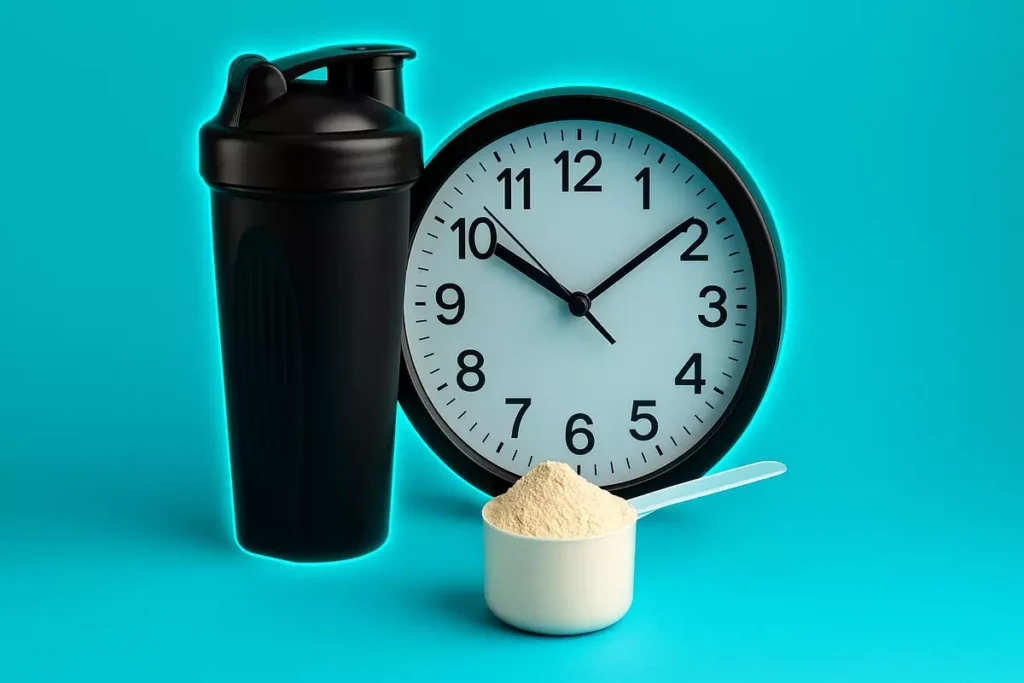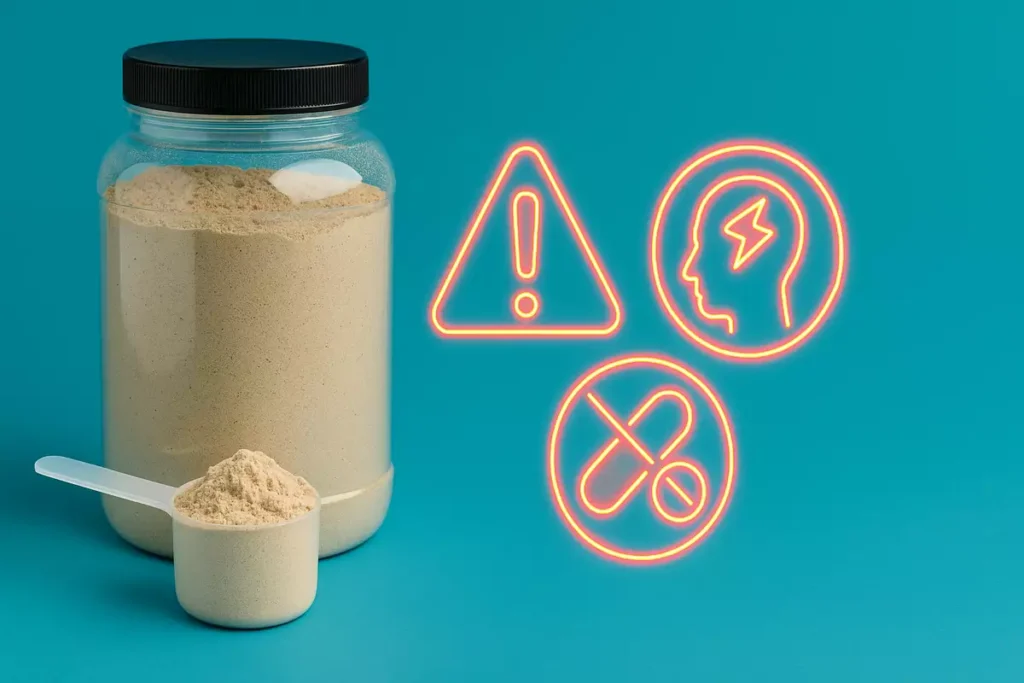Recovering from surgery isn’t easy. Your body is weaker, appetite may drop, and healing takes energy. This is where nutrition becomes critical.
Among all nutrients, protein is the true recovery fuel. And when it comes to fast, effective protein sources, whey protein stands out.
It’s quick to absorb, rich in amino acids, and easy to digest—making it one of the best choices to speed up healing and protect muscle after surgery.
Table of contents
Can Whey Protein Help With Post-Surgery Recovery?
Yes, whey protein can make a real difference in post-surgery recovery.
It provides the body with high-quality, fast-digesting protein that helps heal wounds, repair tissues, and preserve muscle during the downtime when you’re less active.
As a fitness trainer, I’ve seen how difficult recovery can be. Your energy drops, your appetite isn’t the same, and your body needs more support than usual. That’s where whey protein can step in.
Why Protein Matters After Surgery

After any surgery, your body is in repair mode. Protein is the key nutrient that drives tissue repair, wound healing, and immune function.
Without enough protein, healing slows, recovery drags on, and muscle mass declines.
Example: One of my clients, Sara, 29 from Italy, struggled with appetite after gallbladder surgery. She couldn’t finish full meals, but whey protein shakes gave her the nutrition her body needed.
Within weeks, she noticed she had more strength and energy to get back to normal daily activities.
Why Whey Protein is Effective
Not all proteins are equal when it comes to recovery. Whey protein stands out because it’s rich in essential amino acids and leucine, which trigger muscle repair.
It digests quickly, which is perfect when your body urgently needs building blocks for healing.
Personally, I relied on whey protein during my own recovery from a back injury. Even though it wasn’t surgery, my activity was limited for weeks. Whey protein helped me keep my nutrition on track and minimized muscle loss.
That experience made me confident in recommending it to clients who need fast recovery support.
👉 Related: Best Whey Protein for Beginners 2025
Best Timing & Dosage

From my coaching experience, here’s what works best:
- 20–30 grams per serving, 1–2 times daily.
- Use whey between meals or as part of a light meal when appetite is low.
- Spread intake across the day to give your body steady access to amino acids.
Example: Mark, 41 from the UK, had shoulder surgery and couldn’t cook for himself. I suggested a simple daily whey shake with oats and banana.
He said it was the easiest way to meet his protein needs, and his physiotherapist later commented on his steady progress.
👉 Related: Choose the Right Whey Protein Guide
Comparing Whey to Other Protein Sources
- Whey vs. Casein: Whey works faster, while casein provides a slower release. For post-surgery recovery, whey is usually the better first choice.
- Whey vs. Plant Protein: Plant proteins work, but they often need blending to match whey’s amino acid profile. Whey is simply more efficient gram for gram.
- Whey vs. Whole Foods: Lean meats, fish, or legumes are excellent, but many patients can’t handle large meals right after surgery. Whey fills the gap.
👉 Related: Best Whey Protein for Cutting Phase
Possible Drawbacks & Considerations

Whey protein isn’t perfect for everyone. Some people are lactose intolerant and may do better with whey isolate or even plant-based protein.
Too much whey at once can cause stomach discomfort. And of course, patients should always consult their doctor if there are other medical conditions in play.
👉 Related: Whey Protein Shelf Life After Opening
Practical Tips for Patients
Here’s what I often recommend:
- Start with a small serving (20–25g) to test tolerance.
- Blend with banana, berries, or nut butter for extra nutrients.
- If you’re not ready for solid food, keep it simple with water or milk.
- Focus on consistency—small, steady intakes work better than trying to “load up.”
Example: Maria, 58 from Spain, after shoulder surgery, couldn’t prepare complex meals. Her son made her a whey smoothie with banana and almond milk every day.
She said it became her favorite part of recovery, and she had steady energy throughout the day.
👉 Related: Best Whey Protein Mixes for Taste
Common Misconceptions
A lot of people think whey protein is only for bodybuilders. That’s simply not true.
It’s a high-quality protein source that supports recovery for anyone—athletes, patients, or even older adults.
Another myth is that protein damages kidneys. For healthy people, moderate whey protein use is safe and extremely beneficial.
👉 Related: Whey Protein Myths vs. Facts
👉 Related: Is Whey Protein Safe for Teenagers?
Final Takeaway
From my perspective as a fitness trainer, whey protein is one of the most practical, reliable, and safe tools to support post-surgery healing.
It helps your body repair tissues, prevents muscle loss, and restores strength when you need it most.
Recovery is never easy, but simple strategies—like adding whey protein to your diet—can help you bounce back faster and with more confidence.



Leave a Reply